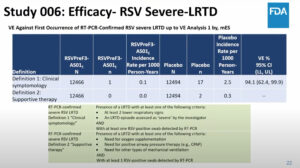NEW YORK (Reuters Health) – Intravitreal injection of clindamycin and dexamethasone to treat active ocular toxoplasmosis appears to be an alternative, and perhaps preferable, to classic treatment with pyrimethamine, sulfadiazine, and prednisolone — this according to a study conducted in Iran, and reported in an August 12 online issue of Ophthalmology.
Dr. Masoud Soheilian at Shahid Beheshti Medical University, Tehran, and colleagues note that the standard treatment of ocular toxoplasmosis can have significant side effects, treatment is prolonged, the cost is high, and the drugs are not always available. Off-label intravitreal injections might avoid these drawbacks, they reasoned.
The researchers compared the two approaches in 68 patients with active ocular toxoplasmosis: 34 were given 1 to 3 injection(s) of 1 mg intravitreal clindamycin and 400 mcg dexamethasone, while the other 34 received 6 weeks of pyrimethamine 25 mg daily, sulfadiazine 500 mg every 6 hours, and 5 mg folinic acid daily, as well as oral prednisolone 1 mg/kg daily for 3 weeks.
After 6 weeks, lesion size reduction was significant in the two groups (57.0% vs. 58.4%), and the difference was not significant. Similarly, the improvement in visual acuity in the two groups was not significantly different, the investigators report.
They also found that patients with antitoxoplasmosis IgM antibodies responded better to classic treatment, while IgM-negative cases had a better outcome with intravitreal clindamycin and dexamethasone.




